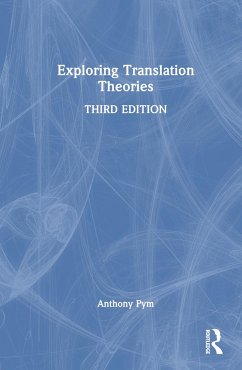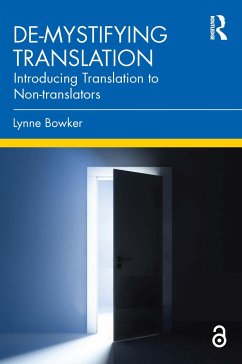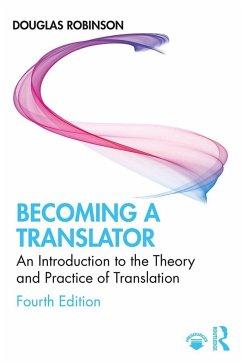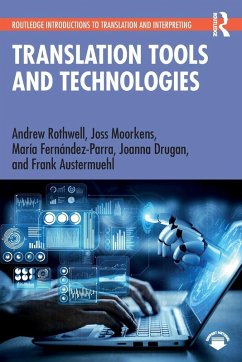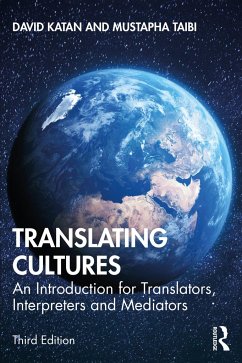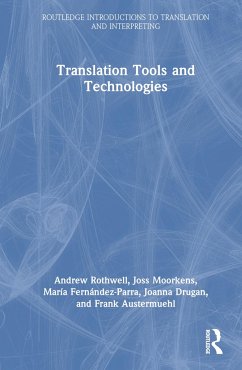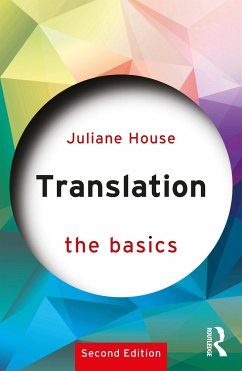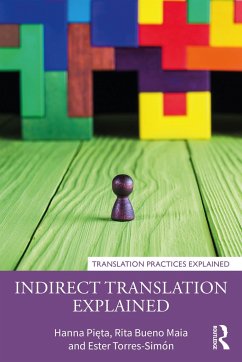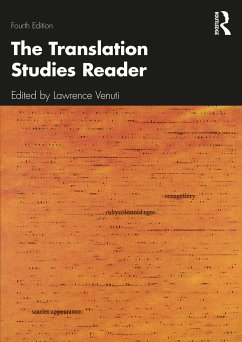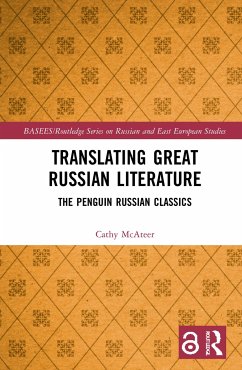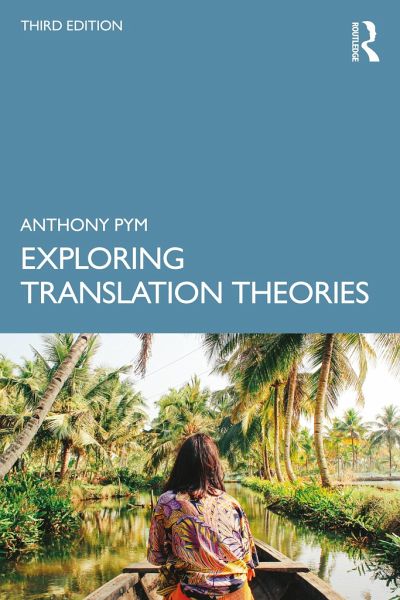
Exploring Translation Theories
Versandkostenfrei!
Versandfertig in 6-10 Tagen
39,99 €
inkl. MwSt.

PAYBACK Punkte
20 °P sammeln!
Exploring Translation Theories presents a comprehensive analysis of the core contemporary paradigms of Western translation theory.This engaging overview covers the key theories of equivalence, solution types, purpose, scientific approaches, uncertainty, automation, and cultural translation. Fully revised, this third edition adds coverage of Russian and Ukrainian theories, examples from Chinese, advances in machine translation, and research on translators' cognitive processes. Readers are encouraged to explore the various theories and consider their strengths, weaknesses, and implications for t...
Exploring Translation Theories presents a comprehensive analysis of the core contemporary paradigms of Western translation theory.
This engaging overview covers the key theories of equivalence, solution types, purpose, scientific approaches, uncertainty, automation, and cultural translation. Fully revised, this third edition adds coverage of Russian and Ukrainian theories, examples from Chinese, advances in machine translation, and research on translators' cognitive processes. Readers are encouraged to explore the various theories and consider their strengths, weaknesses, and implications for translation practice. The book concludes with a survey of the way translation is used as a model in postmodern cultural studies and sociologies, extending its scope beyond traditional Western notions.
Features in each chapter include:
An introduction outlining the main points, key concepts and illustrative examples.Examples drawn from a range of languages, although knowledge of no language other than English is assumed.Discussion points and suggested classroom activities.A chapter summary.
This comprehensive and engaging book is ideal both for self-study and as a textbook for Translation theory courses within Translation Studies, Comparative Literature and Applied Linguistics.
This engaging overview covers the key theories of equivalence, solution types, purpose, scientific approaches, uncertainty, automation, and cultural translation. Fully revised, this third edition adds coverage of Russian and Ukrainian theories, examples from Chinese, advances in machine translation, and research on translators' cognitive processes. Readers are encouraged to explore the various theories and consider their strengths, weaknesses, and implications for translation practice. The book concludes with a survey of the way translation is used as a model in postmodern cultural studies and sociologies, extending its scope beyond traditional Western notions.
Features in each chapter include:
An introduction outlining the main points, key concepts and illustrative examples.Examples drawn from a range of languages, although knowledge of no language other than English is assumed.Discussion points and suggested classroom activities.A chapter summary.
This comprehensive and engaging book is ideal both for self-study and as a textbook for Translation theory courses within Translation Studies, Comparative Literature and Applied Linguistics.





